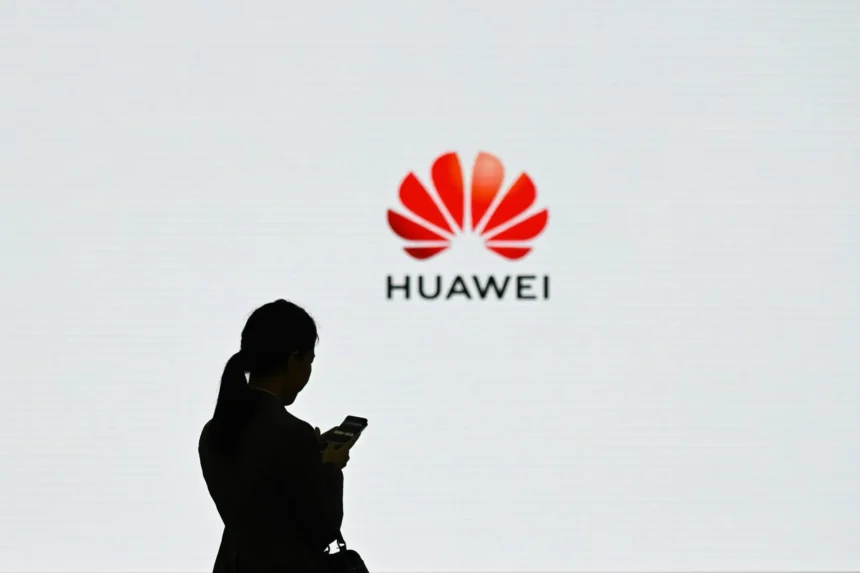Huawei Nears $100B Despite Blacklists and Bans: In a remarkable demonstration of resilience and innovation, Huawei Technologies Co. is poised to close 2023 with revenues nearing an astounding $100 billion. This report delves into the strategic maneuvers, technological advancements, and geopolitical dynamics that have propelled the Chinese tech giant back onto the global stage, sparking debates and setting new industry benchmarks.
Huawei’s Financial and Market Performance
Revenue Surge and Market Dynamics
Huawei‘s financial comeback is nothing short of impressive. After several challenging years marked by intense US-China tech rivalry and stringent American sanctions, the company expects to amass more than 700 billion yuan ($99 billion) in revenue for 2023. This marks a 9% increase from the previous year’s 642.3 billion yuan ($92.4 billion), though still shy of the peak $123 billion achieved in 2019.
The resurgence is attributed partly to the unexpected success of its electronics business, particularly the Mate 60 Pro smartphone. Despite skepticism from industry experts, the device has been widely accepted, allowing Huawei to claw back market share from competitors like Apple in China. By the end of September, Huawei had increased its market share from 10% to 14%, while Apple saw a decline. This shift underscores Huawei’s renewed competitiveness and adaptability in the ever-evolving tech landscape.

Technological Breakthroughs and Industry Impact
Huawei’s ability to produce a sophisticated, made-in-China 7-nanometer Kirin processor for its Mate 60 Pro smartphone has been a game-changer. This technological feat was achieved despite US efforts to restrict China’s access to foreign chips. The success not only signifies a breakthrough in chip technology but also ignites debate in Washington about the efficacy of such restrictions.
Moreover, Huawei is establishing a network of chip plants with an estimated $30 billion in funding from the government and its hometown of Shenzhen. This move positions the company as a significant player in semiconductors, directly challenging sectors the Biden administration seeks to protect.
Navigating Geopolitical Tensions and Future Prospects
US-China Tech Rivalry and Global Sentiments
Huawei has long been at the center of the US-China tech conflict, with US policymakers labeling the company a national security risk. Despite these allegations, Huawei has made strides in improving its image and compliance with international standards. However, the company acknowledges the continuous challenges posed by geopolitical conflicts, fluctuating economic cycles, and technology restrictions.
Strategic Focus and Innovations
Looking ahead, Huawei is not resting on its laurels. The company is keenly aware of the persistent US campaign to contain China’s tech ambitions and the need to sustain its technological edge. To this end, Huawei is investing in emerging technologies like artificial intelligence, streamlining operations, and adjusting strategies to remain competitive and innovative.
A Tech Giant’s Steadfast Journey
Huawei’s journey through financial turbulence and geopolitical strife to near $100 billion in sales is a testament to its resilience, strategic acumen, and technological prowess. As the company continues to navigate the complex web of international relations, market competition, and innovation challenges, its actions and performance will undoubtedly have far-reaching implications for the global tech industry. Huawei’s story is not just about numbers and technology; it’s about the enduring spirit of a company that refuses to be defined by its challenges but rather by its ability to overcome them.
Huawei’s expected revenue surge is a narrative of overcoming adversity, a display of technological innovation, and a focal point in the global tech rivalry narrative. As 2024 approaches, the world watches keenly to see how this tech titan will evolve and shape the future of the global technology landscape.



